What exactly is the reason for Control Freak: Commit rejected. Foxtrot merges not allowed
We keep receiving this error quite often, is this is caused due to a combination of pull, rebase and amend by users while committing?
Need clarity to get rid of this permanently. I know and understand the branch has diverged and it has lost the trace but what exactly has caused that to happen in simple language is highly appreciable
It's a time killer for us to rebase every time when we see this error. We are manually cherry-picking the change to get rid of this.
How to identify the committed type like was that a right commit after rebase or pull or amended and which exactly is the commit that and by whom?
We want to educate developers to come out of similar commit mistakes henceforth. Would love to hear about the best practices.
Also, want to understand is there any reason for combination tools like git-bash/source-tree?
Can we turn off this cause by any chance?



